On time and community

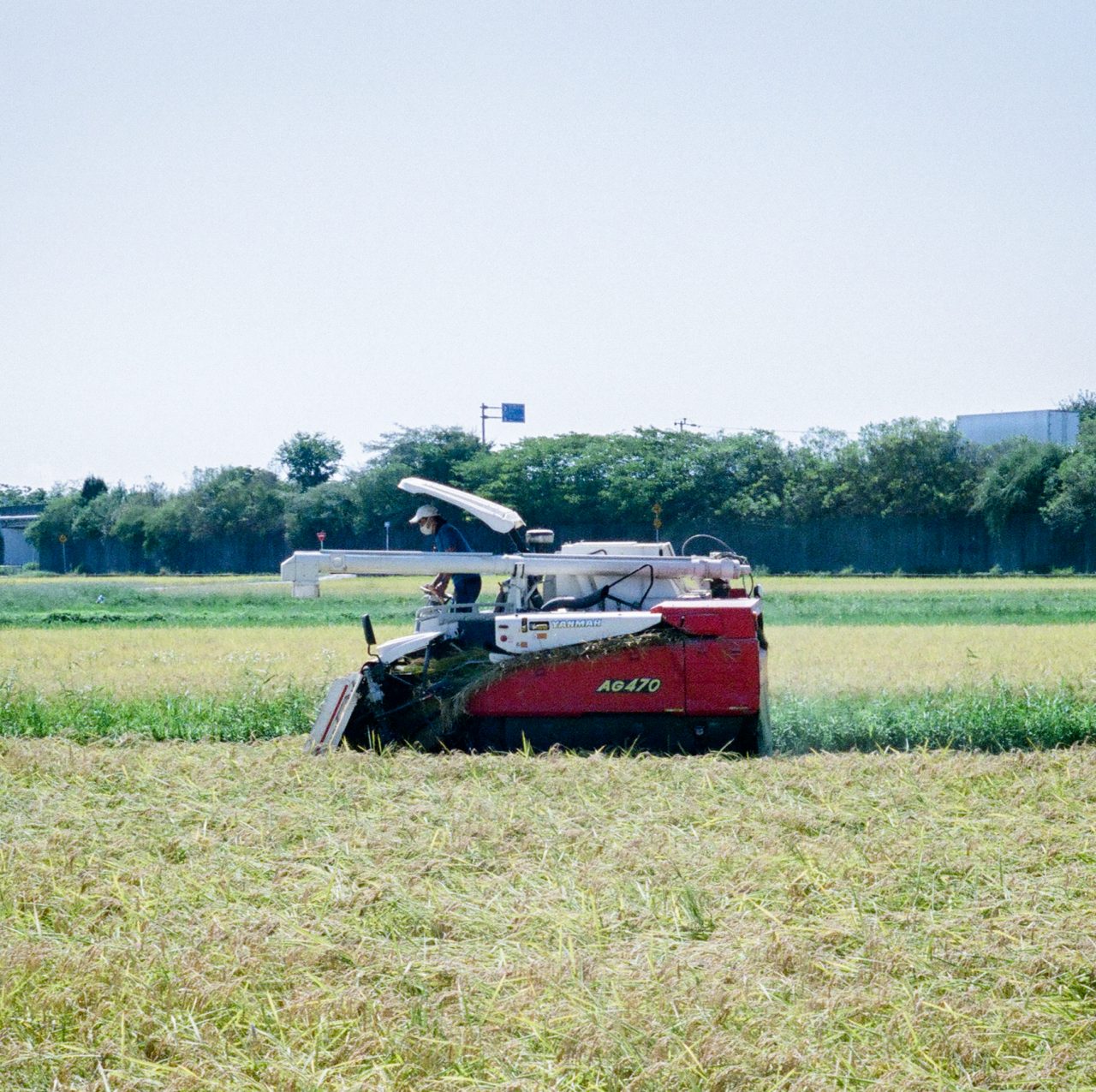
On time and community
On the harvest moon, Lake Biwa’s waters were lit throughout the night thanks to the gentle fall winds that cleared the air. As the sun rose, geese and other birds that summered in colder regions could be spotted making their return from Fukudaya’s windows. Throughout fall, the horizon is painted amber yellow, and at sunset the air’s moisture turns the sky gold.
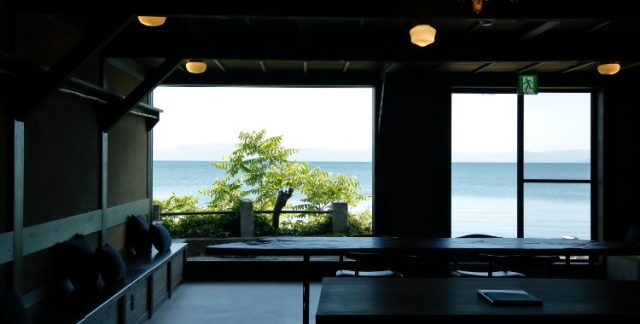
In the fields, the sun-drying rice harvest also emulates these hues. It’s time to reap what has been sowed, whether that be opening up the miso that has fermented over the summer, or harvesting rice. A visit to Fukudaya and its supporting producers, makes it possible to see how the fall harvest provides the foundation for the relationships in the town and reflects each unique year’s changing terroir.
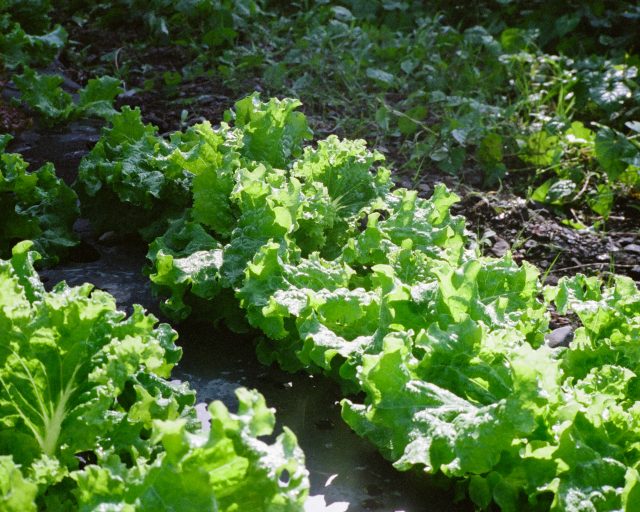
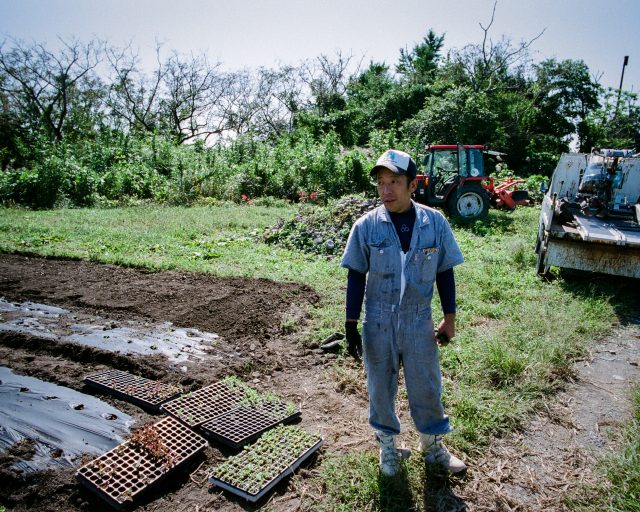
Minakuchi Farm has multiple small plots around town, helping them manage the increasingly unpredictable weather and mitigate the risk of failed produce. Last year, the tomatoes didn’t work out because of the old tsuyu season, but it’s harder to take lessons from one year and apply them in another. What they do ensure however is that the soil is naturally rich with nutrients. They are dedicated to their organic, no pesticide approach even if it means their carrots get buried in pillows of soft weeds in a matter of weeks. Rather than seeing weeding as a chore, it is seen as a natural part of the process. They view it as meditative with a clear sense of progress, and leaving you with a sense of accomplishment when you’ve cleared a brown path among the green.
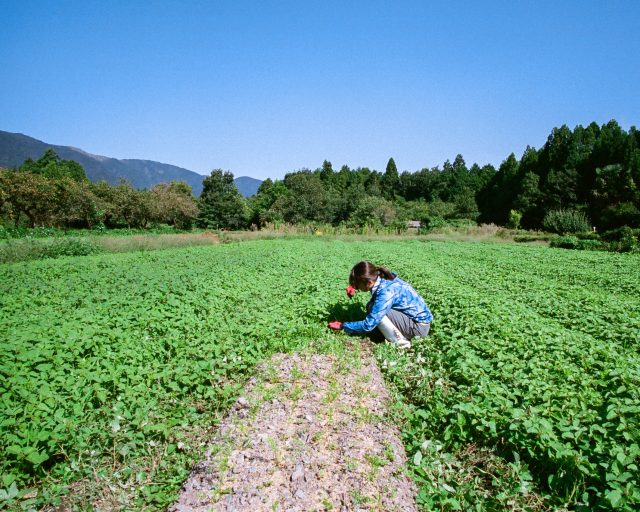
This year at the beginning of fall, they have been busy harvesting kabocha, growing nasturtium, carrots, tea leaves and planting lettuce that thrive in winter. It is also time to check on and taste nukazuke pickles and shiitake miso that have been fermenting in barrels since last winter. The koji and rice bran for the pickles come from close friends, such as Daisuke of Nonki Farm.
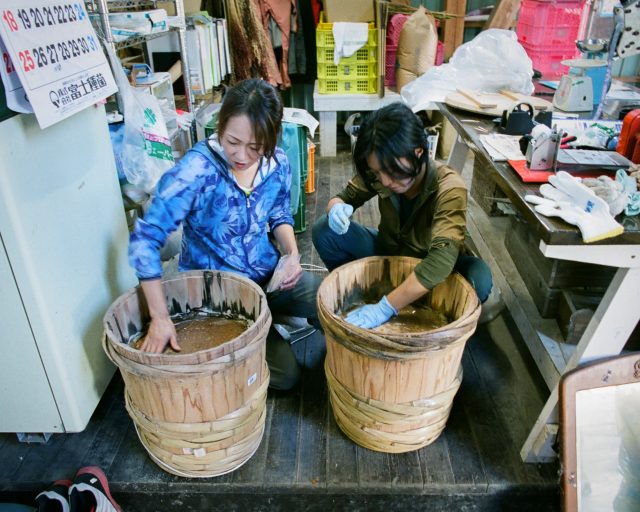
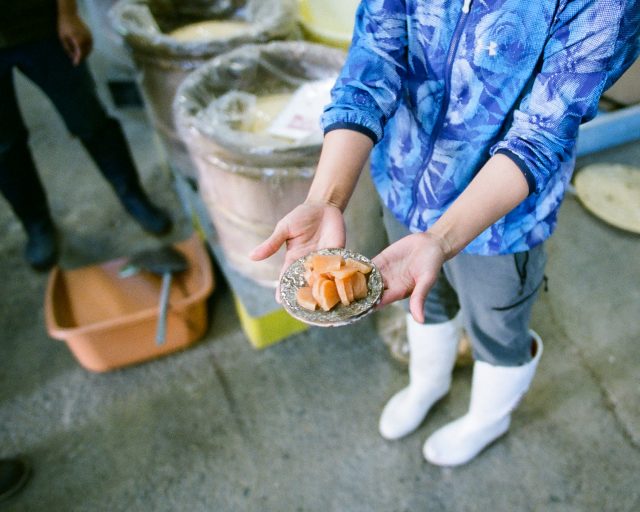
Daisuke is the most busy at this time of year. Beyond harvesting, drying, and milling rice at just the right time, he distributes fresh rice in small batches to boutique operations such as Fukudaya and in mass to larger customers such as Uehara Sake Brewery alike.

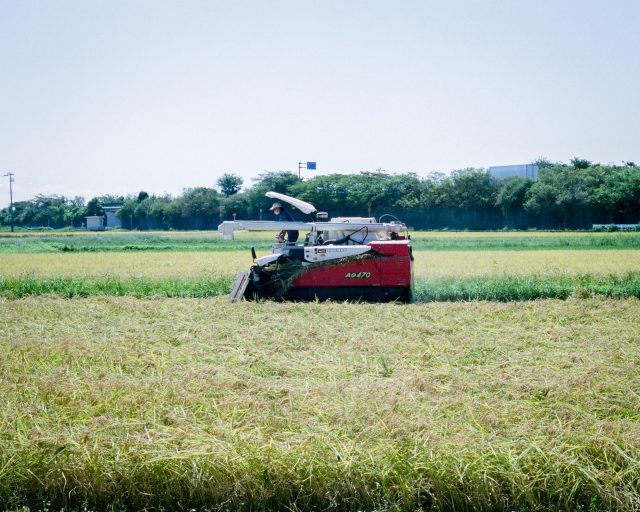
At Fukudaya, it’s prepared daily in a kamado with varying amounts of water based on the strain and how fresh it is. Meanwhile at Uehara Sake Brewery, they receive the rice unmilled, controlling every step of the process from grain to final brew using specific methods to produce a diverse array of different sakes. Around this time of year, Uehara-san sells hiyaoroshi sake and makes preparations for the busy brewing period that lays ahead.

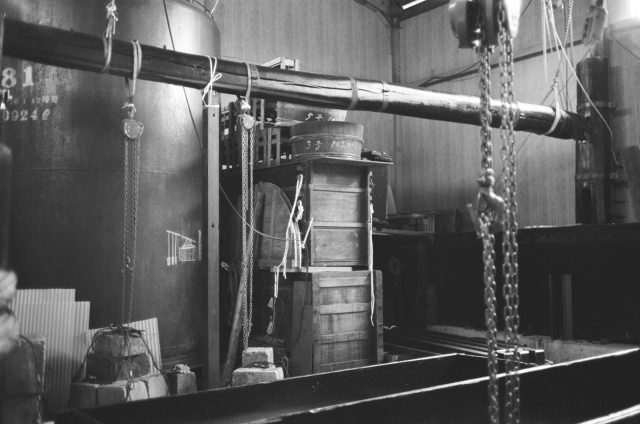
Rice is said to be the staple food of Japan, and among the community of producers in Oumi, the Nonki Farm fall rice harvest signals that the time has come not just to share fresh rice, but also nukazuke pickles, and hiyaoroshi sake. Fall surrounds us with fleeting golden hues of foliage and amber embers on the irori hearth. It is a time of warmth; the warm colors in the landscape and the warmth of exchanging pickles and produce that strengthen our sense of community.

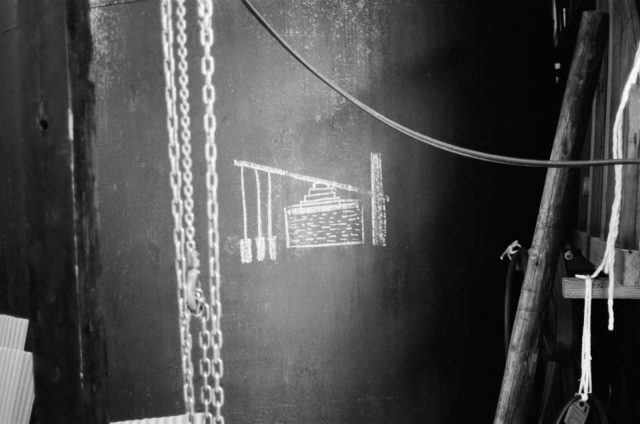
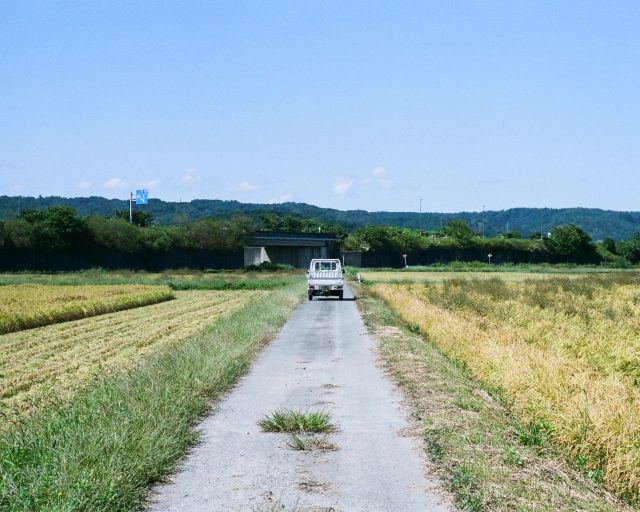
Minakuchi Farm
https://minakuchi-farm.shop/
Nonki Farm
http://nonkifarm.com/
Uehara Sake Brewery
http://furosen.com/